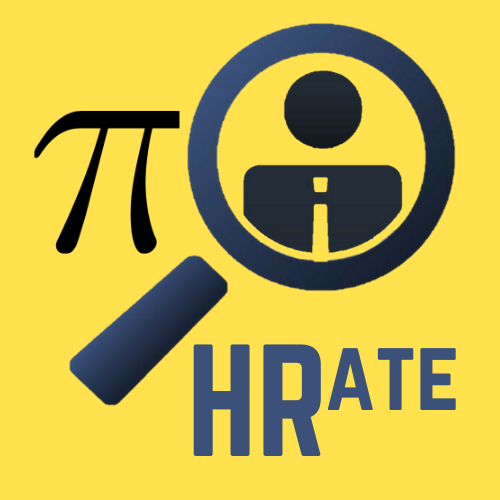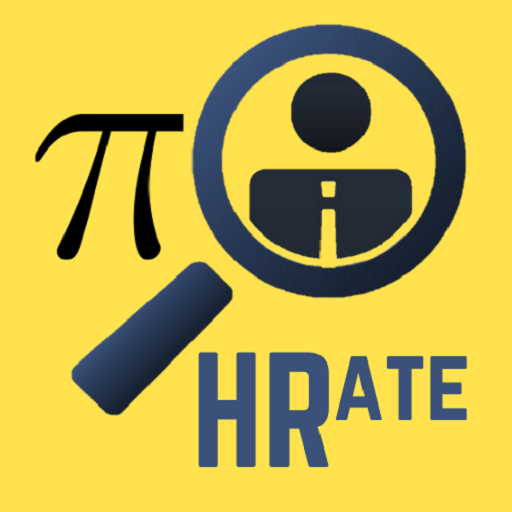Recruiters’ boolean search is ignored because Google limits queries

Have you ever seen a warning message while sourcing candidates with Google Search “Word (and any subsequent words) was ignored because we limit queries to 32 words.”?
A Boolean query cannot exceed 32 words. This means that your boolean queries have lost a lot of terms/skills while searching through Google. The problem is the recruiters build so long queries to get accurate results. On the other hand, to source high-tech professionals recruiters have to know specific technical terms to build the boolean query. So it is better to immediately determine the key parameters. For example, Data Science vacancy has a lot of terms in machine learning and data science, as you can see in the fragment below:
Thus, recruiters need to include as many as possible key parameters to boolean queries to source candidates with Google search.
Let’s recall how things are with boolean search in recruitment.
The following modern technologies, tools and approaches are popular in the HR environment: Boolean search operators to create a complex search string, X-Ray search, iterative search, etc.
Boolean queries and X-Ray search
A Boolean search is a query to a search engine (Google) by using special logical operators, thanks to which you can process a huge stream of information and get only the most relevant results.
Boolean queries help you to find the best of every search engine request, and using them is not as difficult as it might seem at first glance.
As you know Boolean search is based on logical operators: AND, OR “|”, “+” “-“, site: , inurl: , filetype: , intitle: , intext:.
The most popular operator is the quotation marks “”. It contains the word or exact phrase that we want to find on the page. Using the OR operator, you can search for any of the specified words, and AND allows you to get pages in the output with the presence of several specified words, or vice versa – without some words.
Recruiters gather skills and keywords to build boolean queries manually.
X-Ray Search provides a comprehensive analysis of a specific resource. It is based on the same Boolean operators, but requires deeper diving and site analysis. Each site has its own pages and directives. In the Internet you can find ready-made X-Ray queries for most popular sites: LinkedIn, Facebook, Google Drives, etc. For a recruiter, of course, LinkedIn is of particular interest according to our survey:
The main question is, how do you determine the key parameters that best match the job description (or vacancy) to create a quality boolean query string? Because recruiters and talent sourcers are forced to look through job descriptions and manually collect key information to build logical queries.
One possible answer might be to use a parser.
Parsers
Thanks to machine learning and the natural language process, parsers are developed for HR systems that can be used to extract key information from resumes and job descriptions, cover letters, etc.
The most accurate Parsers, in order, are: Sovren, Daxtra, Textkernel. Using parsers for job descriptions and resumes allows us to get key information such as job title and skills that are used for building boolean queries.
Job Parser was built to output additional calculated information that can be helpful for building queries, but look incomplete to the human eye.
Our parser found 34 skills from mentioned Data Science vacancy:
[‘Machine Learning’, ‘Data Science’, ‘Mongodb’, ‘Predictive Analytics’, ‘Hadoop’, ‘Hbase’, ‘ETL’, ‘Python’, ‘Big Data’, ‘Docker’, ‘Database’, ‘Cassandra’, ‘Data Visualization’, ‘Natural Language Processing’, ‘Nosql’, ‘Pattern Recognition’, ‘Unstructured Data’, ‘Natural’, ‘Anomaly Detection’, ‘Decision Trees’, ‘Linear Regression’, ‘Regression Analysis’, ‘Large-Scale’, ‘SQL’, ‘Agile’, ‘Time-Series’, ‘Forecasting’, ‘Visualization’, ‘Metrics’, ‘Statistics’, ‘Documentation’, ‘Proposals’, ‘User Experience’, ‘Engines’]
Resume Parser identifies hundreds of different kinds of information within a resume or CV and clearly tags each data point.
Scoring skills
Due to the 32-word limit in Google boolean query, recruiters/talent sourcers must select the most important skills based on their knowledge of the industry. This can be challenging because tech vacancies contain a huge amount of the candidate’s required skills, as in the example of Data Science, which has 34 skills.
How can a recruiter know what skills are important in finding the right candidates? Thus, scoring skills are an important step before building boolean queries, and machine learning algorithms will be able to do this. In the image below, skills are sorted by importance.
Sourcing without building boolean queries
We at www.pihrate.co offer talent sourcing service based on AI.
Candidate profiles will be obtained from any sources like Linkedin, github, stackoverflow, etc using Google Search. Boolean queries are built automatically based on the job description and with/without additional CVs of the ideal candidate.
The extracted terms from both Job description and the resume are used as a set of keywords to create a Boolean query string for Google search.
The Boolean Query Generator uses the skill set from the job description and resume to create the best queries for finding candidates’ profiles / resumes. Our algorithm optimizes boolean queries by choosing skills and size according to Google’s limit and job requirements.
Our algorithm run hundreds queries to gather profiles as much as possible during no more an hour and it usually takes more time if it does manually.




